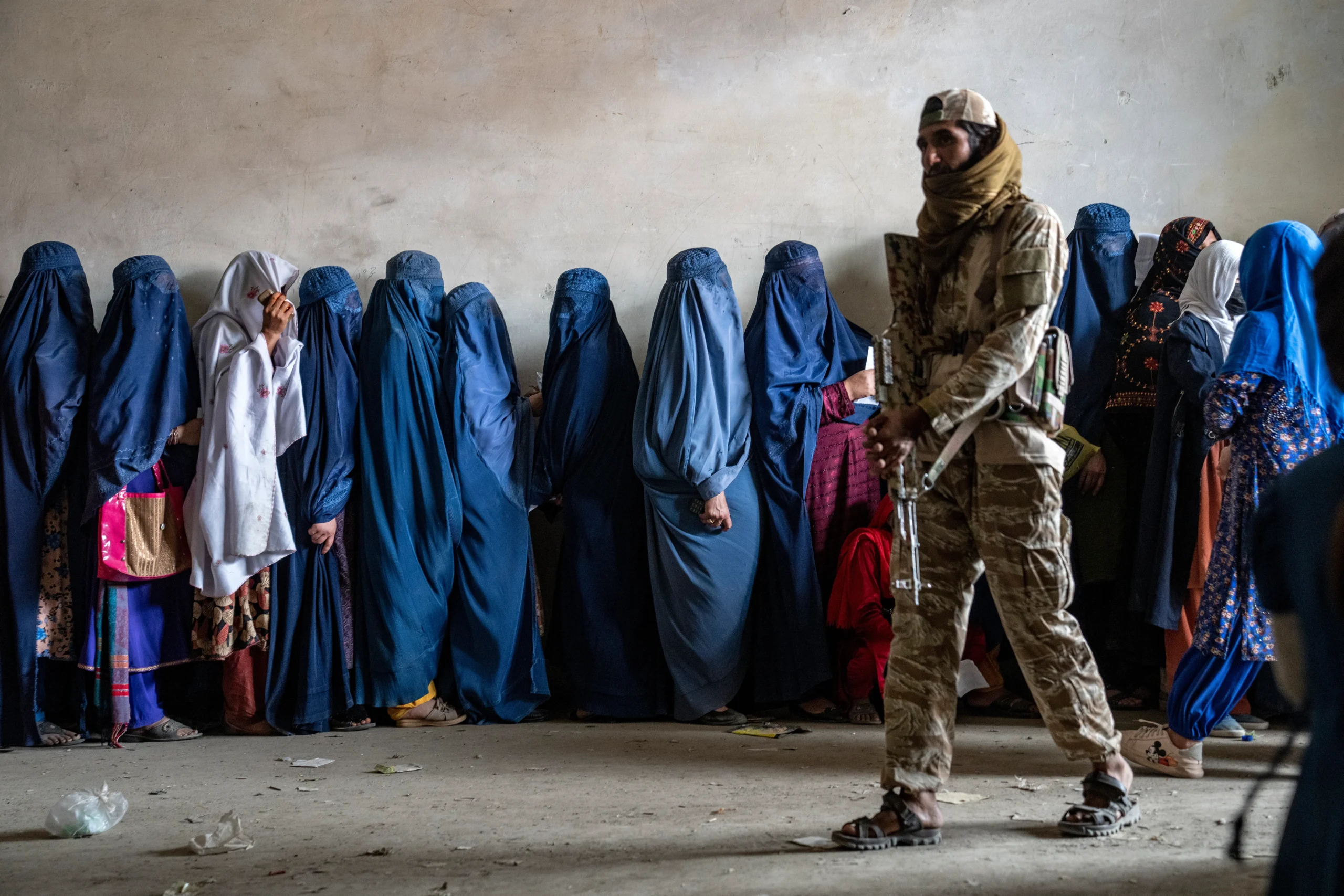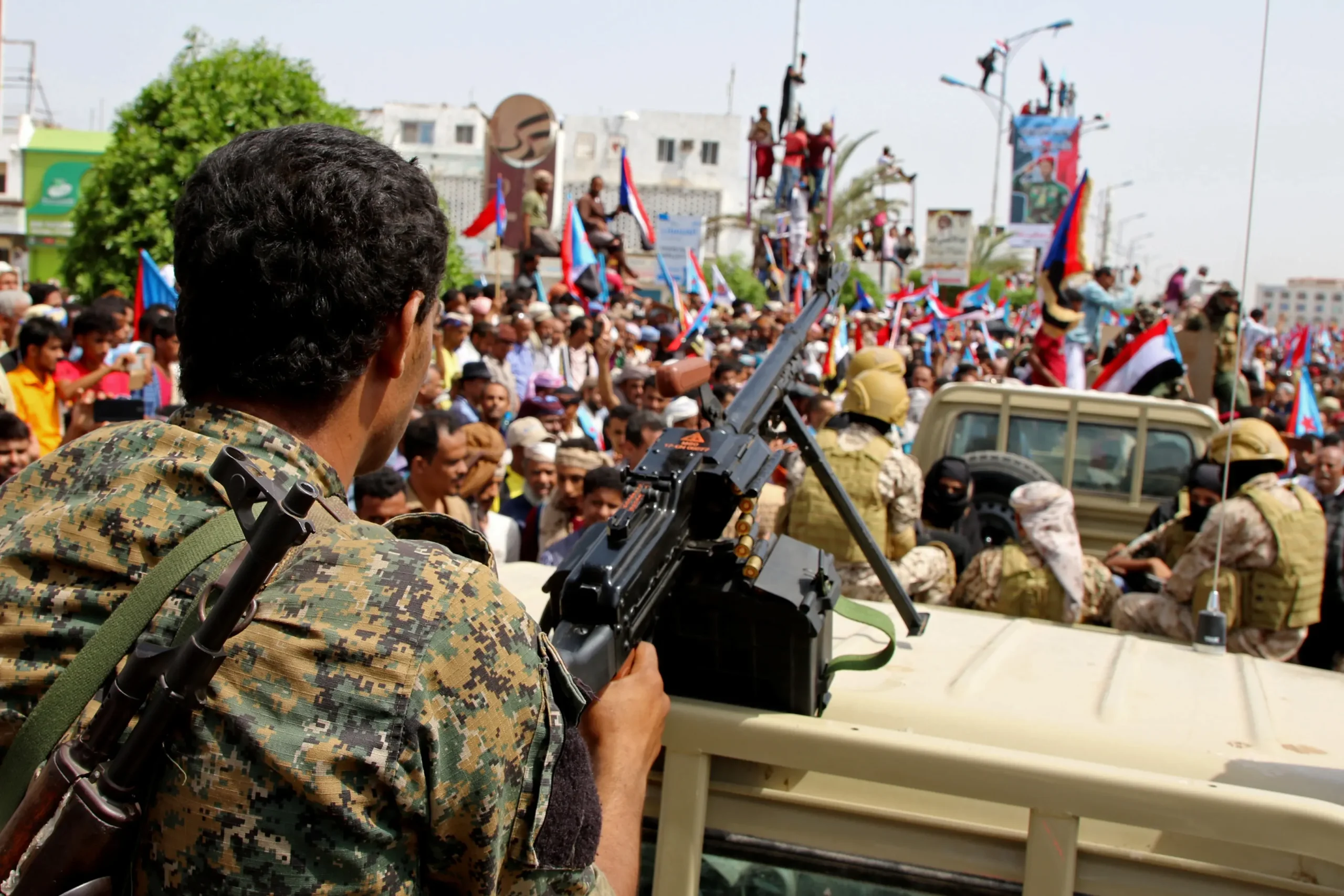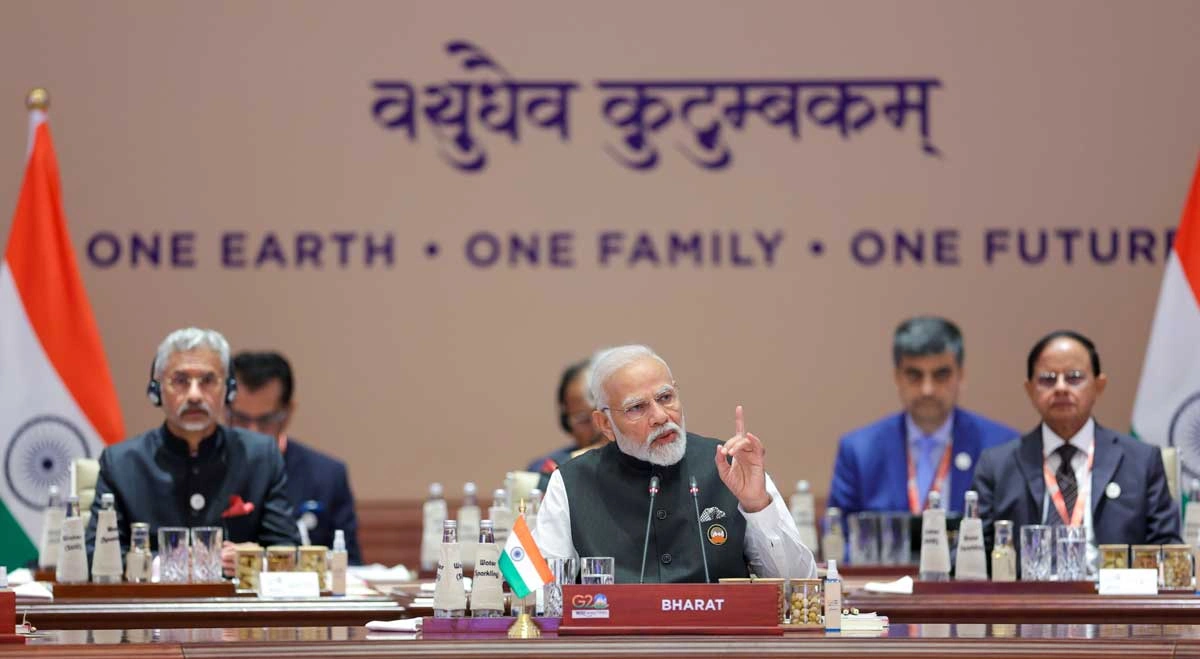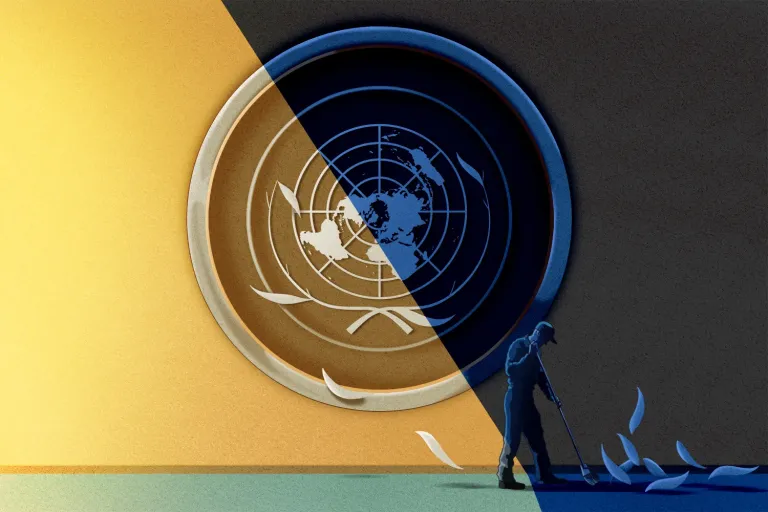On Tuesday, a group of senior Buddhist monks from Sri Lanka paid a visit to the historic Mughal structures Badshahi Mosque and Lahore Fort. Venerated Dr Walpola Piyananda, Chief Abbot and President of the Dharma Vijaya Buddhist Vihara in the United States, spoke on the occasion. Dr Piyanada stated that every religion sends out a message of peace and harmony.
A Sri Lankan Buddhist Delegation Pays Visit to Pakistan
On Tuesday, his delegation, which included senior Buddhist monks from Sri Lanka, paid a visit to Lahore\’s Badshahi Mosque and Lahore Fort.
Furthermore, He agreed that Pakistan has always offered Sri Lanka assistance in tough times, including counter-terrorism assistance. He hoped the Pakistani government would take additional steps to promote religious tourism.
The delegation is in Pakistan for a week-long religious pilgrimage to various Buddhist heritage sites. The visit is organized by Pakistan\’s High Commission in Colombo. This is in order to encourage religious tourism in the country.
Moreover, Pakistan is home to the ancient Buddhist civilization. This historical civilization has remained hidden from the eyes of the world over the years.
On their visit to Islamabad, the Buddhist delegation would meet with officials from the Ministry of Religious Affairs and Interfaith Harmony. They will also meet President Dr Arif Alvi, Prime Minister Imran Khan, and Foreign Minister Shah Mehmood Qureshi.
“In line with the Prime Minister Imran Khan’s vision to promote religious tourism to earn valuable foreign exchange, we planned to make Buddhist clergy visit Pakistan and see the historical treasures that the country has,” High Commission of Pakistan Colombo Second Secretary Ayesha Abu Bakr Fahad said.
Buddhist Heritage in Pakistan
Historically speaking, Under the Mauryan king Ashoka, Buddhism took hold in Pakistan 2,300 years ago. Buddhism has played a significant role in the development of Pakistan. Buddhist empires such as the Indo-Greek Kingdom and the Kushan Empire ruled the region. Ashoka\’s Maurya Empire and the Pala Empire also ruled over the centuries.
Buddhist Population in Pakistan
Lastly, In 2012, The National Database and Registration Authority (NADRA) reported that Pakistan\’s current Buddhist population was minuscule. Pakistan only has just 1,492 adult Buddhist national identification cardholders. As a result, the actual number of Buddhists is unlikely to exceed a few thousand. In 2017, out of the entire country\’s population, there were only 1884 Buddhist electors. Majority of which were located in Sindh and Punjab.





